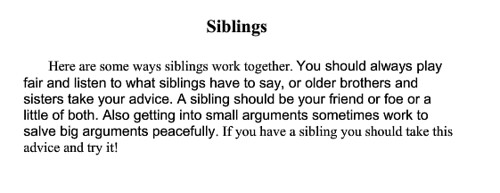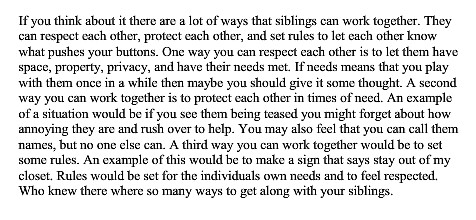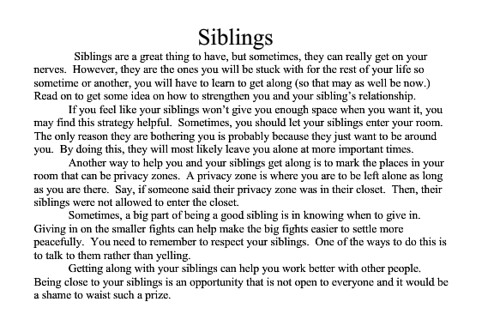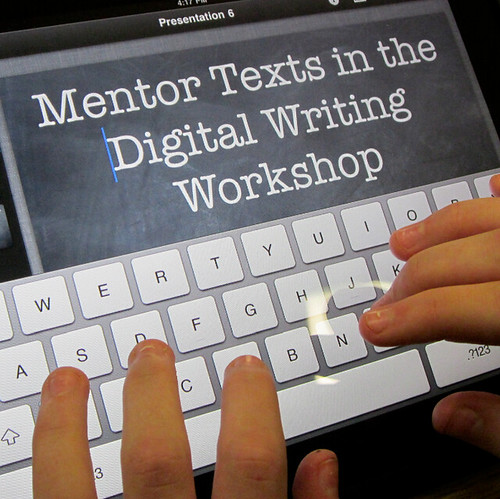I know I am late to this party, but I finally (finally!) read The Hunger Games by Suzanne Collins the other day. I am not sure why it has taken me this long. Goodness knows I have had plenty of students reading the series, and I have almost been part of any number of teacher discussions about the book. My son had the book, my wife brought the book home from her school library … getting my hands on the book has not been a problem.
I guess it comes down to this: I am not a huge fan of Young Adult dystopian fiction. I tried The Maze Runner a few years ago, and lost interest after the first few chapters. And you would think that given my high interest in science fiction that I would buy into the dystopian setup with no problem and dive right in. But The Hunger Games were still out there, waiting.
Now, I understand the fuss.
I won’t need to rehash the plot, I suspect, but I do want to point out what I consider the strength of this novel: character. It’s the voice of the main character, Katniss, that stuck with me and kept drawing me back into the novel. Her development and her experiences, and her reaction to the experiences, were powerfully drawn. I cared about her early in the book (when she volunteers for her little sister, she had me) and Collins gives her flaws and strengths, and courage and doubts. Having such a strong, intelligent girl as the protagonist made for a thrilling reading.
And there is the whole media element. It’s hard not to think, as the reader, that we are really just another viewer of the mayhem and death unfolding on the Hunger Games field, and that if we could send a “tribute” gift to Katniss to allow her to survive, we probably would. Collins has a nice touch as writer, to keep that audience both invisible and make us feel like we are one of them. You can almost hear the calls for more death in your head as you read — an unsettling experience that says a lot about the ways in which media infiltrates our lives.
Which brings me to the violence. I hate to sound like a prude, and I would never advocate keeping the book out of the hands of readers, but our school has a book club for sixth graders that has been reading this series (and is organizing a trip to see the movie when it comes out this year). I kept having trouble balancing the violence and gore with our school’s theme of being Peacebuilders. In other words, I would never teach this book as a class novel. (My wife reminded me that Lord of the Flies is violent, too). Of course, I suspect the violent element is what is keeping many of the boys involved in the book, so who am I took complain?
The other day, I was reading The Hunger Games in class during quite reading time, and a lot of students were quite interested that I was finally reading it. And then, I saw a student from a few years ago in our school (he is part of a multi-grade ski club) and he was one of the biggest fans of the series (except for the third book … he didn’t like it), and kept at me all year to read The Hunger Games. When I told him that I finally was into the book, he gave me this huge smile and shouted out: “Way to go, Mr. H! It’s about time!”
Yeah.
Peace (in the games),
Kevin
PS — I have been watching some of the small videos of Collins, talking of the book series, and this one seemed interesting. She talks about the classical inspirations for the novels.






